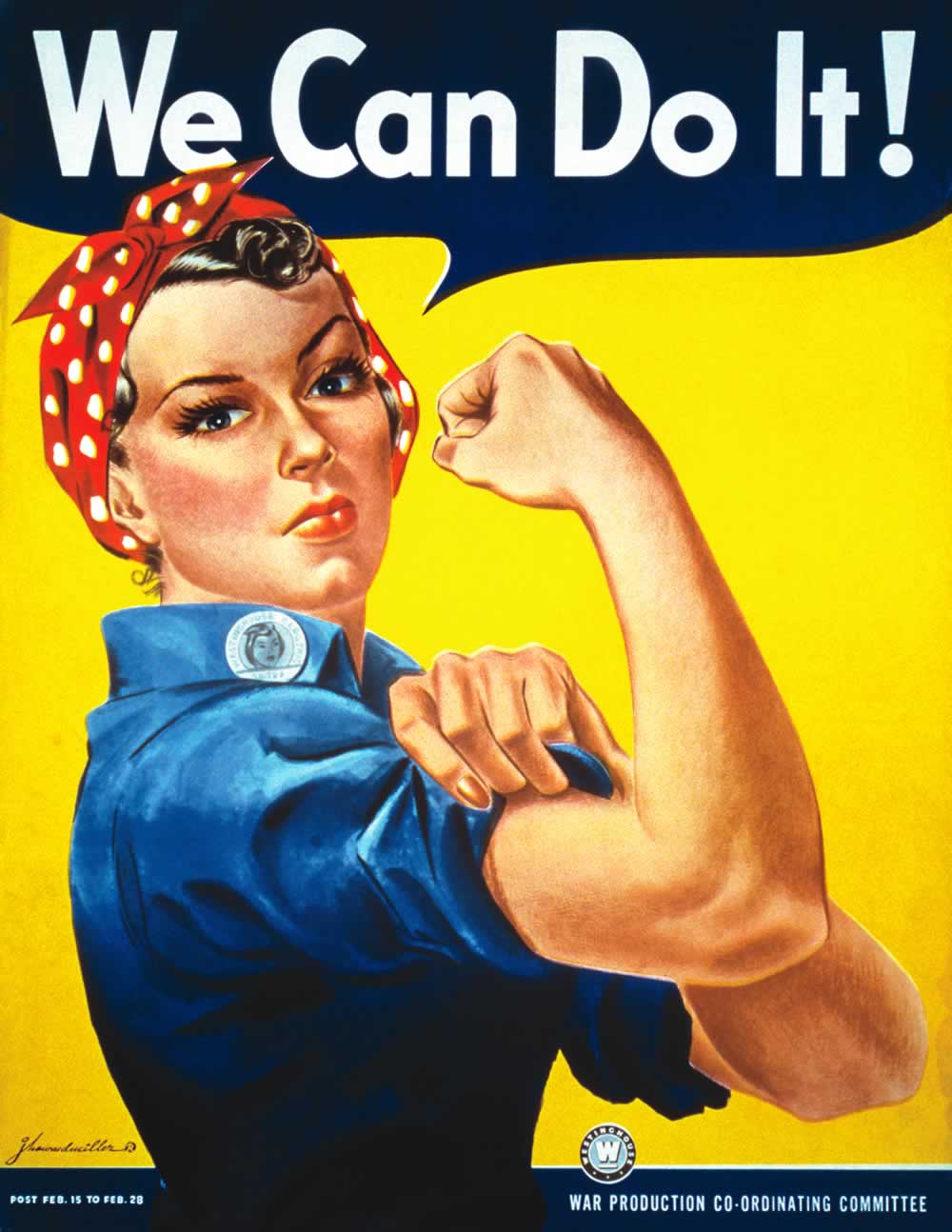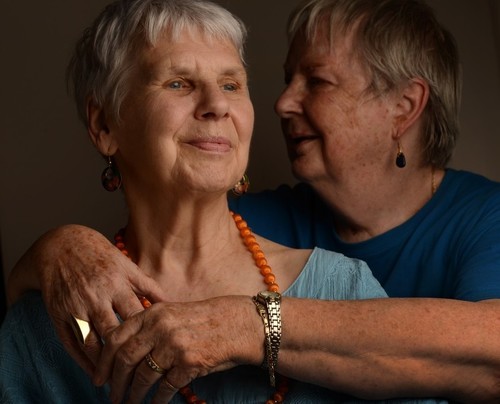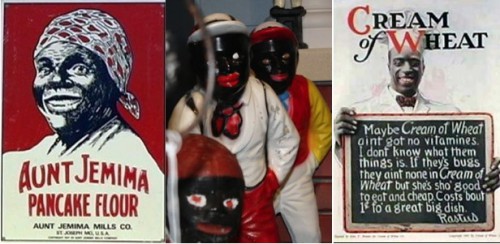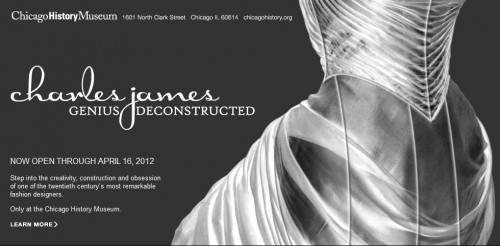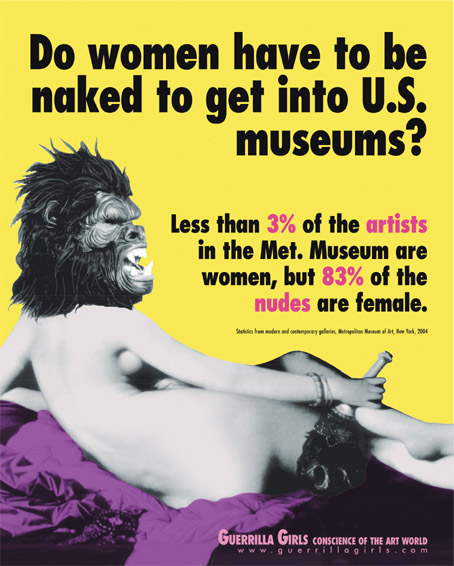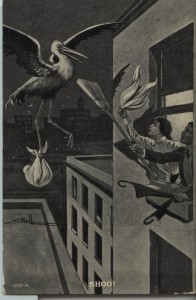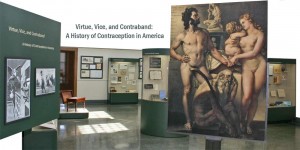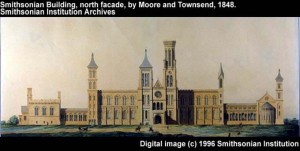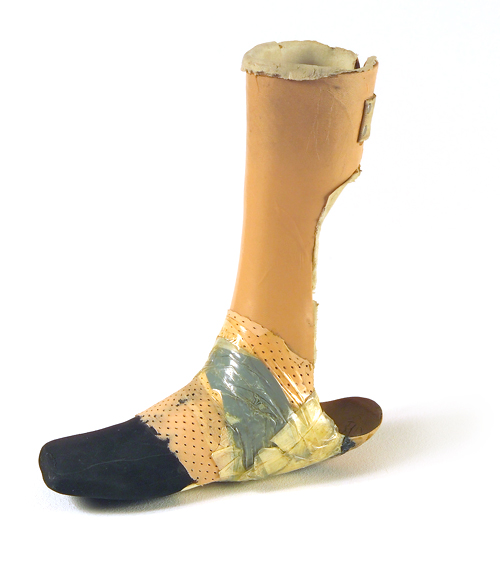Did you know that the Institute of Museum and Library Services (IMLS) provided $210.5 million to libraries in 2006, while museums received only $36.5 million? Why the difference? Federal formula grants given from IMLS directly to the states accounted for $163.7 million of IMLS’ library authorization.
As a member of the Mountain-Plains Museums Association (MPMA), I was shocked to discover this through my most recent member newsletter. Hey, I’m all in favor of the libraries getting money — but I want museums to get funds too.
August is recess time for elected officials — and that means it’s a great time for you to contact your members of Congress to tell them to support comprehensive reauthorization of IMLS for museums; remaining silent is to communicate complacency.
What we — you & I — have to do is persuade Congress about a new appropriation for museums. We need to convince our Congressional leaders to support a new grant program for museums when IMLS is reauthorized (which could happen as early as this fall). The new grant program, called Federal-State Partnership Grants, would allow IMLS to provide grants to each state which would then distribute funds based on needs determined by individual states.
But museums can’t get these funds until Congress has included the Federal-State Partnership Grants in IMLS’ reauthorization. That’s why it’s important that you tell your Congressional leaders to support IMLS reauthorization and the Federal-State Partnership Grants.
If you ‘get it’ and agree, all you have to do is go here, fill out your information, and then click either “edit/print your letters” or “edit/send email” (editing is optional). Simple! And needed.
If you’re still confused, then keep reading…
I know this post is long; I wish I could just link to all this information, but, possibly because they are grossly under-funded, museums are sorely lacking in text web pages (opting, instead, for PDFs & files most people are too lazy to open & read). So, doing my bit for museums across the USA… Here’s what museums want:
Reauthorization Congress reauthorizes the Office of Museum Services (OMS) at the Institute for Museum and Library Services (IMLS) every five years. The Federal-State Partnerships Coalition supports an incremental increase in OMS reauthorization to the level of $95 million (from current $38.6 million) over the next 5-year reauthorization period, scheduled to begin FY 2010. The Office of Museum Services at IMLS is the primary source of federal support for America’s 18,000 museums. With nearly flat growth at OMS over time, attendance has increased and museum services to school and communities are needed and wanted more than ever. The Federal-State Partnerships Coalition supports growth at IMLS through:
- Strengthen Existing National Program to provide a significant increase (minimum of $45 million) for existing programs that have been insufficiently funded for years.
- State Needs Assessments—Once appropriations exceed $45 million, up to $2 million per year appropriated for states to conduct needs assessments with museums. The needs assessments are an important first step toward establishing a federal-state partnership program through federal formula grants to the states.
- Conservation, Traveling Exhibits, and Helping Smaller Museums as appropriations rise above $47 million to $72 million, establishing new grants for conservation and traveling exhibitions, as well as programs that will make it easier for small museums to compete in the national grant pool at IMLS.
- Federal-State Partnership Grants to States, a federal-state partnership to be appropriated once OMS exceeds $72 million. The IMLS Director would have discretion to provide up to $20 million of any annual appropriation in excess of the $72 million mentioned above. Once appropriations reach $92 million, the IMLS Director would have discretion to provide up to 50% of all excess funds toward the federal-state partnership.
Appropriations for FY 2010 – The Federal-State Partnerships Coalition supports the Office of Museum Services at IMLS at the level of $50 million for FY 2010 – a $15 million increase over FY09 and provided through the Labor-HHS-Education appropriations bill.
For more information, see the American Association for State and Local History (AASLH); the AASLH serves as the Coalition Administrator for a network of state, regional, and national organizations — the Federal-State Partnerships Coalition.
Now, send those letters!
For more on this issue, see also:
Representatives Paul Tonko (NY-21) and Louise Slaughter (NY-28) circulated a “Dear Colleague” letter on this issue, prompting Whoa! A Letter Reveals The Need to Cultivate Congress at ArtsJournal.com.
The IMLS’ Connecting to Collections developed a video to underscore the importance of collections held in museums, libraries and archives throughout the U.S., and to inspire communities to take action.
